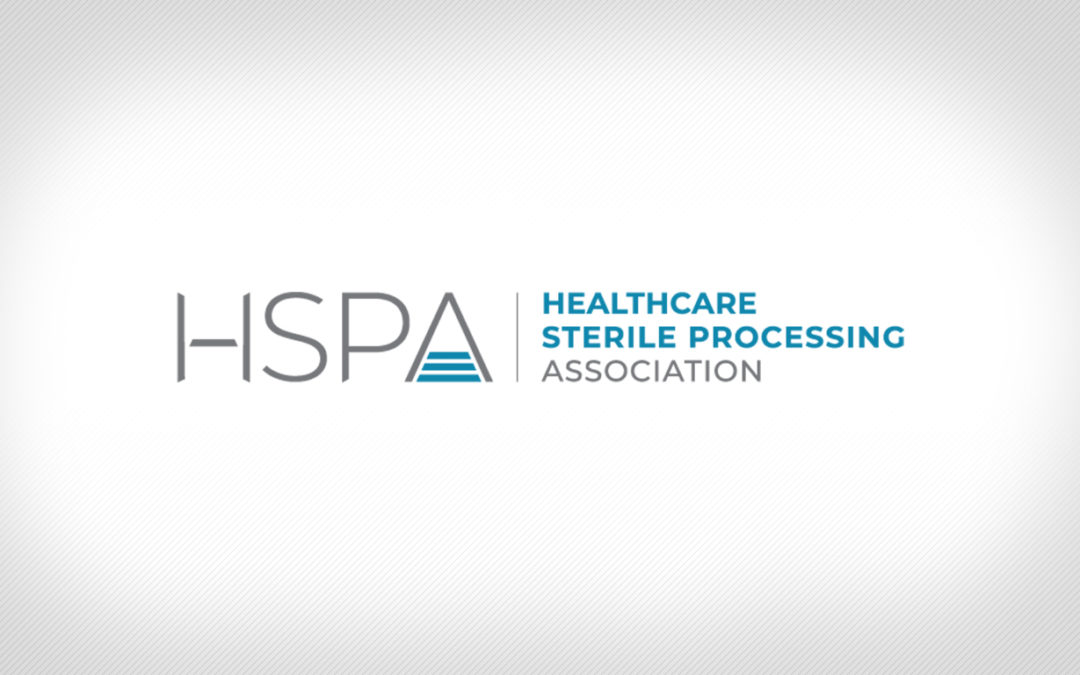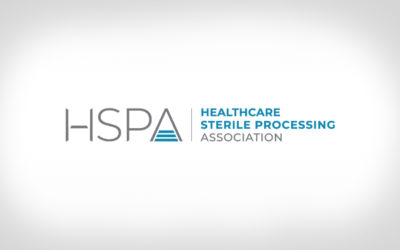
By Susan Klacik, BS, CRCST, CIS, CHL, FCS, HSPA Clinical Educator
The Association of periOperative Registered Nurses (AORN) updated its “Guideline on Team Communications” and “Guideline for Safe Environment of Care,” both of which feature numerous recommendations that affect Sterile Processing (SP) areas and functions.
One noteworthy addition to the “Guideline on Team Communications” is the recommendation to establish an environment that promotes resiliency for the work environment and team members. Resiliency enables an individual or complex system to dynamically respond to unanticipated distractions, interruptions and disturbances to maintain a safe environment under conditions that could lead to failure. This description suits dynamic work in health care environments, such as surgery and the sterile processing department (SPD) where there are frequently unanticipated distractions, interruptions and disturbances. Some system factors can also enhance or promote resiliency in the surgical environment, which could improve employee capabilities and system performance. In surgery, for example, resiliency presents itself with the use of skills coaching to prompt team members about tasks to be completed, optimize workspace design and room setup for efficient positioning of people and equipment, and accurately use standardized communication tools such as “time out” protocols. In the SPD, resiliency can be practiced by standardizing workspaces and shift reports.
The “Guideline for Safe Environments of Care” provides recommendations for maintaining a safe environment of care for patients and perioperative personnel, including those working in SPDs and other areas where device processing is performed. The revised guidelines that apply to SP areas include programs for occupational slip, trip and fall prevention; latex, chemical and fire safety; waste management; and regulatory reporting.
Specific to slip, trip and fall prevention, the guideline recommends evaluating areas for environmental hazards, collecting and analyzing data on slip, trip and fall events, and providing education to alert employees about risks and how to mitigate them. AORN commonly incorporates checklists for error prevention, and this guideline uses them to evaluate the implementation of a slip, trip and fall prevention strategy. Health care facilities should have procedures in place for routine floor cleaning, spill management and reporting of slips, trips and falls, and the program should monitor trends and evaluate program effectiveness.
A new fire risk assessment and prevention algorithm was added to the “Environments of Care” guideline to help the perioperative and SP teams identify fire risks and direct appropriate intervention depending on the risks that are present. One area in which SP professionals play an integral role is evaluating electrosurgical unit safety and performing risk assessments.
As the “AORN Guideline for Electrosurgical Safety” recommends, electrosurgical devices with insulation should be inspected with an active electrode insulation integrity tester while preparing active electrodes for packaging during processing. This recommendation is also stated in ANSI/AAMI ST79:2017 & 2020 Amendments A1, A2, A3, A4 (Consolidated Text) Comprehensive guide to steam sterilization and sterility assurance in health care facilities; it states that instrumentation intended for use with electric current should be tested for integrity each time it is processed, following the instrument manufacturer’s written instructions for use (IFU) for inspection.
The updated “Environments of Care” guideline builds on the goal of providing a latex-safe environment and now recommends establishing a latex safety program to alleviate the risks associated with latex allergy and sensitivity for patients and personnel. Additionally, a chemical safety plan was added to the guideline to assist facilities in developing their own. The plan includes implementing safe practices for the storage, handling and disposal of chemicals to reduce the risk of accidental exposure.
Further, based on medical device reporting regulations, reporting of any suspected device-related serious injury or death has been upgraded to a regulatory requirement. A recommendation was added to the guideline to report device malfunction to the U.S. Food and Drug Administration (FDA), even if it did not result in patient harm. The FDA uses medical device reports to monitor device performance, detect potential device-related safety issues, and contribute to risk-benefit assessments of suspected device-associated deaths, serious injuries, or device malfunction.
To learn more about these updated guidance documents and other AORN guidelines for perioperative practice, visit https://aornguidelines.org/guidelines?bookid=2260.








